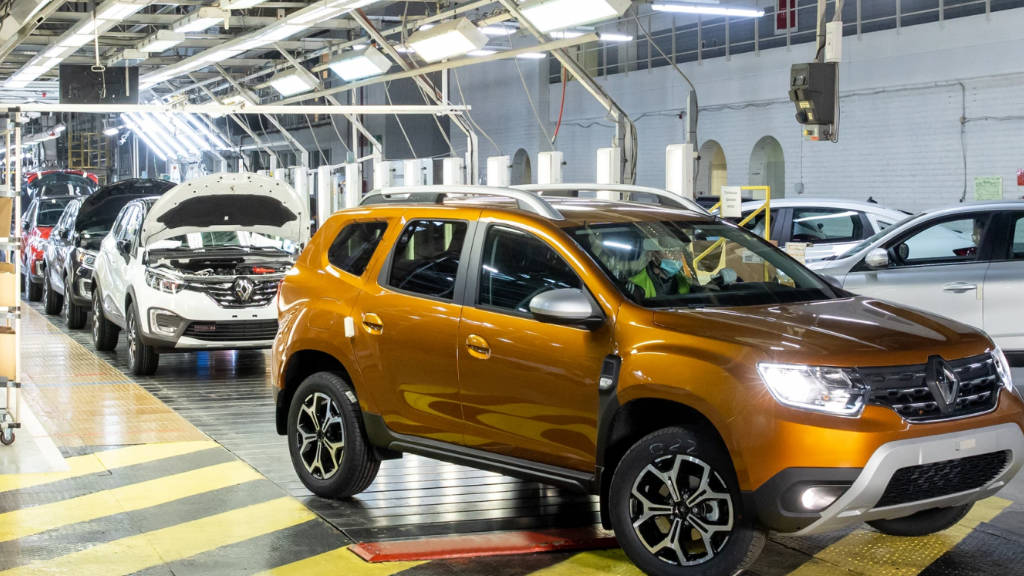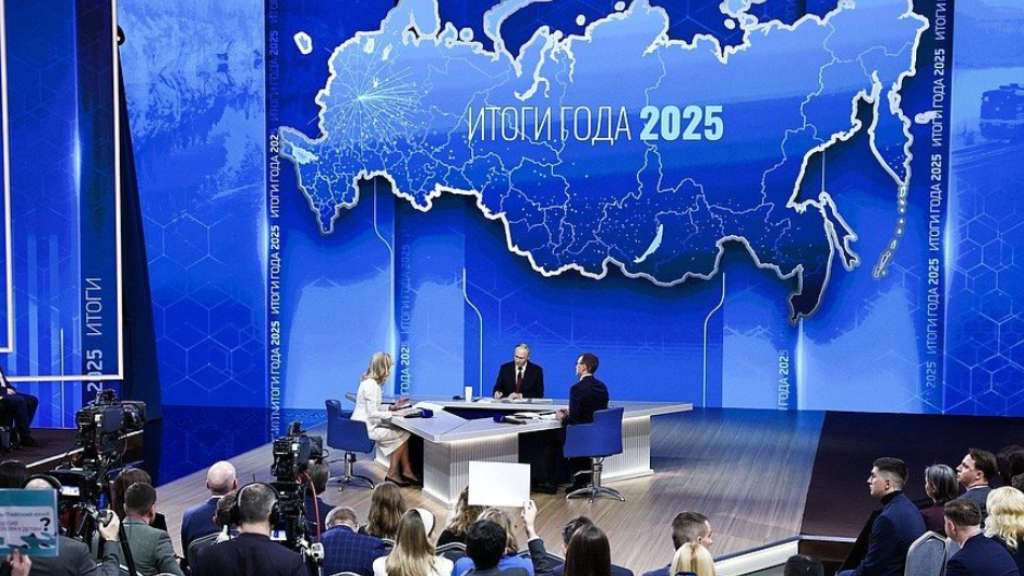The market for passenger cars and light commercial vehicles in Russia grew 80% in February 2024 and is forecast to continue growing in March, the Association of European Businesses (AEB) has stated in a press release. The AEB is the main representative body of foreign investors in Russia.
Based on calculations by the AEB Committee of Automobile Manufacturers, sales of passenger cars and LCVs in Russia last month, with deliveries through alternative channels taken into account, totaled 108,312 units.
“In February 2024, the market as a whole grew 84% compared to February 2023, and 74% in the first two months of the year. The impact of market oversaturation due to high levels of inventory remains, but is now less pronounced. The impact of the high key rate continues,” Head of the Automakers Committee Alexey Kalitsev said.
“Based on market trends in January-February, there are good prerequisites for continued growth in March,” Kalitsev said.
The Russian government is introducing and adapting various support measures and restrictions to regulate the Russian car market, which should stimulate and strengthen the development of local production, the AEB said. One example the Association cites is the expansion of the list of Russian-made cars recommended for government procurement. The Ministry of Industry and Trade published the updated list at the end of February. The list has expanded to include models from Kaliningrad Avtotor, which assembles Chinese branded cars. It also includes Citroen C5 Aircross models, which are assembled at the PSMA Rus plant in Kaluga.
The AEB also said that, since February, the simplified certification system for officially imported electric vehicles has ceased to operate. “In the short term, this will not contribute to the growth of sales of these cars, but, obviously, this should stimulate local production and have a beneficial effect on the technical support for the cars sold,” Kalitsev said.
The Association’s release also says that, starting April 1, an additional recycling fee will be introduced for cars imported into Russia through EAEU countries. “This measure has and will stimulate the February and March auto sales, while the window is still open and those who want to buy a cheaper car will try to take advantage of it.” Kalitsev said.
The Russian auto market was the 17th largest in the world in 2023, however rose 37% in sales last year after two fallow years in 2021 and 2022 when many Western manufacturers exited the local market. It has taken time for alternative investors – both Russian and especially the Chinese – to acquire and retool exited Western factories in Russia, however now a rebound is occurring.





